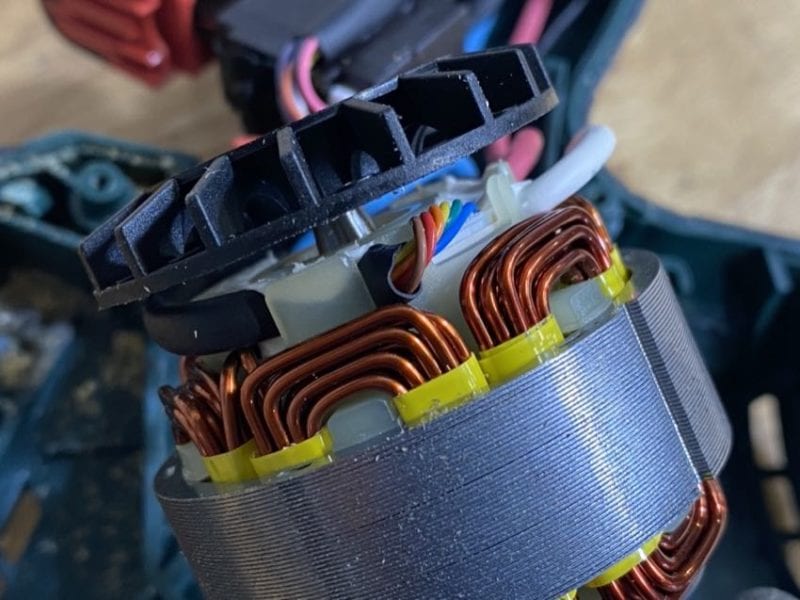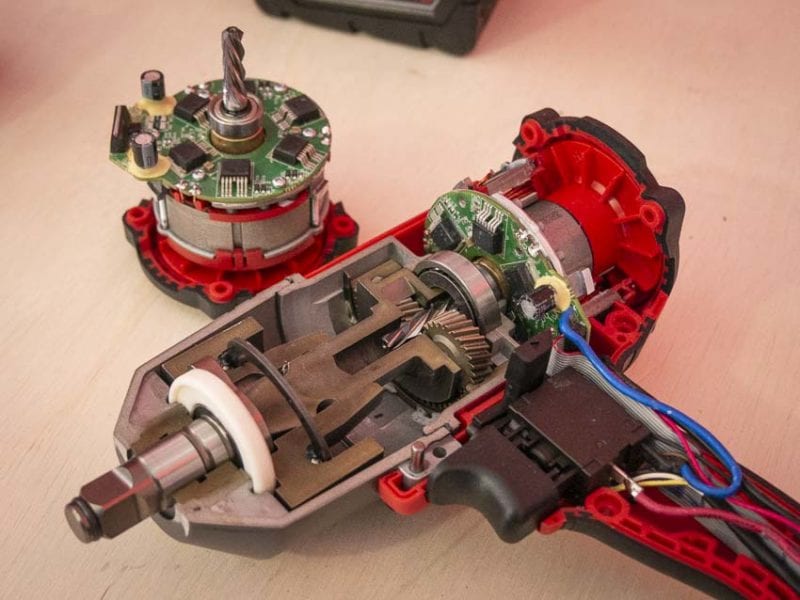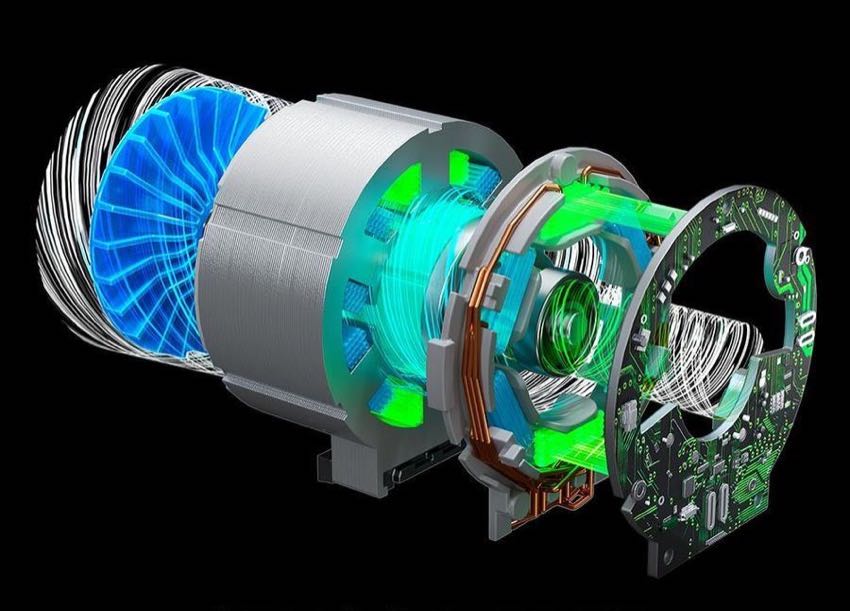On a recent media trip, we came across something called a sensor free brushless motor (also called “sensorless”). Our first response was: What is a sensor free brushless motor and why is it better? Based on some questions we received from our readers, we’re not the only ones asking that question.
Sensor-free technology heralded a new way of designing and manufacturing motors. It offered several advantages over earlier designs. After looking into it further, we decided to contact Eric Blankinship. Eric serves as the product manager for drills and drivers, MEP tools, and lights over at Chervon Group.
He knows a thing or two about the subject.
Table of contents
Sensor free (Sensorless) Brushless Motors vs Brushless Motors
Brushless motors bring great advantages to cordless tools. In our brushed vs brushless motors article, we cover the basics in greater detail and depth. One of the key components of a brushless motor involves monitoring and controlling the motor speed (among other things) using electronics.
These electronics require monitoring. After all, you need to understand the motor’s speed, heat, etc. in order to make adjustments and provide optimal performance.
Sensor free brushless motors, as compared to standard brushless motors, let manufacturers build more durable products. They do this by removing physical components from the motor. This increases durability because manufacturers have less to worry about in the motor itself.
And, as we all know, most of your vibration and heat occurs at or near the motor on most power tools.
How Do Sensor free Brushless Motors Monitor RPM or Speed?
Sensor free brushless motors monitor rotation externally instead of from within. You also get increased control by calculating the rotor position all the way through a revolution instead of relying on 3 Hall sensors which can only control it every 120 degrees of rotation. Through an advanced algorithm, manufacturers can actually get even more precise data. This works especially well on any tool equipped with a variable speed operation or trigger.

Brushless Motors use Several Hall Sensors
Hall effect sensors are used in BLDC motors to detect the magnetic field as the motor spins. Manufacturers use Hall effect sensors due to how inexpensive they are. They also integrate easily within brushless DC (BLDC) motors. The Hall effect, discovered in 1879 by Edwin Hall, measures voltage changes affected by a flow of current that interacts with a magnetic field. Just three of these sensors can measure movements of the motor precisely enough for most power tool applications.
Hall effect sensors on brushless motors measure speed or RPMs. Each sensor uses various pins which connect to a microcontroller to provides critical feedback. While the software doesn’t take much to manage, the sensors and cabling do take up space. Sensor-free brushless motors reclaim this space.

Using Hall (effect) sensors, a simple brushless motor system needs only 9 pins from a circuit board. Six pins control the H-bridge (which runs the motor forward or backward) and three pins sense the Hall effect switches.
Still, this takes up room within the brushless motor.
So Why Use a Sensor Free Brushless Motor?
In a nutshell, sensor free motors give you more space. That means improved efficiency in manufacturing. You also get the option to fit more “motor” in the same package. That equates to either getting the same power in a smaller package or saving space with a smaller tool body. It all depends on the desired application.
Manufacturers like Chervon, TTI, and others seem poised to expand and apply this technology to the power tool industry. It should bring a combination of durability, control, and efficiency to power tools and their users.
Final Thoughts
At Pro Tool Reviews, we like to think we keep our finger on the pulse of technology. Sensor-free brushless motors, however, actually caught us off-guard. As we see the best cordless drills and top impact drivers decreasing in size while increasing in power, the use of sensor-free motors seems imminent.
Plus, in addition to cordless power tools, sensor-free brushless motors provide more flexibility and compactness for outdoor power equipment as well. For our part, we’re looking forward to seeing technology grow by leaps and bounds and manufacturers explore new methods to save space and boost performance.



